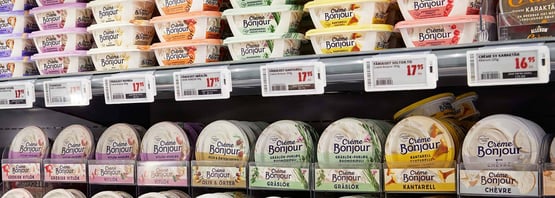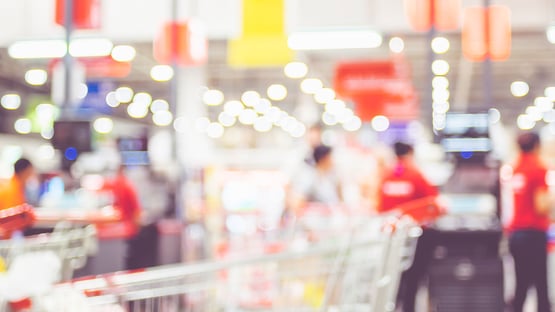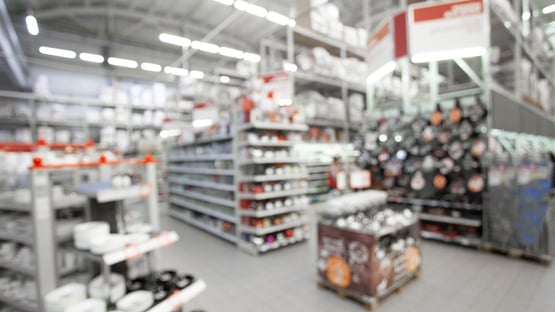JRTech Solutions, leading Canadian partner of the Pricer Shelf Edge solution, assesses below the impact that electronic shelf labels have had on retail environments during the previous lockdown and its perceived benefit in dealing with a subsequent pandemic wave. The COVID-19 pandemic and lockdown measures have caused numerous merchants to experience shortfalls and challenges in their day-to-day business. As a result, many of them have accelerated the adoption of new technologies useful for executing their daily tasks.
I. Survey Presentation
As one of the privileged suppliers to retailers, JRTech Solutions conducted an online survey to review the effectiveness of electronic labels in the retail industry in a pandemic situation.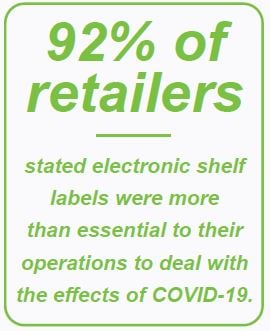
• More than 1,000 stores open during lockdown were surveyed: hardware, grocery, pharmacy, wine and liquor, electronics, and automotive stores were all included.
• 2 types of population are represented: 67% of retailers using electronic labels compared to 33% not using electronic labels.
Among 67% of retailers using electronic labels
• 2 out of every 3 retailers stated that their sales operations would be difficult to manage if they did not have electronic labels in their stores.
• 100% faced problems related to COVID-19: lack of staff, increased consumer demand, out-of-stock shelves and an increase in online
• 92% thought electronic shelf labels were essential or very essential in dealing with these problems.
• 3 out of every 4 retailers said they felt prepared to deal with the problems caused by a second wave of COVID-19 because they already have electronic labels installed within their stores.
Among 33% of retailers not using electronic labels
• 83% found it difficult to manage their in-store operations, and 17% found it very difficult.
• 100% faced the problems associated with COVID-19: staff shortages, increased consumer demand, out-of-stock shelves and increased online ordering.
• 2 out of every 3 of the respondents thought that electronic labels could have been essential or even very essential in dealing with the problems related to COVID-19.
• More than ⅔ of those not using electronic labels felt that they would feel more comfortable addressing issues related to a second wave of COVID-19 if they already had Pricer electronic labels in place.
II. Evaluation
Through the survey, the experience of retailers with electronic labels has been compared to the experience of those who do not have electronic shelf labels by evaluating 4 key metrics:
• The level of difficulty in managing their operations
• The type of problems they faced during the first wave of COVID-19
• The usefulness of electronic labels in the face of these problems
• The feelings towards a second pandemic wave
1. The level of difficulty in managing their operations
We first asked respondents, in the first wave of the pandemic, how they would rate the difficulty in managing their store operations during the first wave of COVID-19.
⅔ or 67% of respondents with electronic labels stated that their sales operations would have been difficult to manage if they did not have electronic labels in their stores (Figure 1). And more than 83% of respondents not using electronic labels rated their operations as difficult or very difficult to manage (Figure 2).
We can therefore see that all retailers, whether technologically equipped or not, found it difficult to manage their stores during the first pandemic wave.
Figure 1 - If you would not have had electronic shelf labels during the first wave of COVID-19, how would you rate the difficulty of running your store operations during this period?
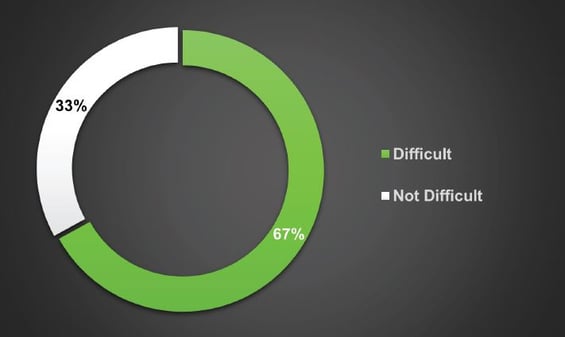
Figure 2 - How would you rate the difficulty of managing your store operations during the first wave of COVID-19?
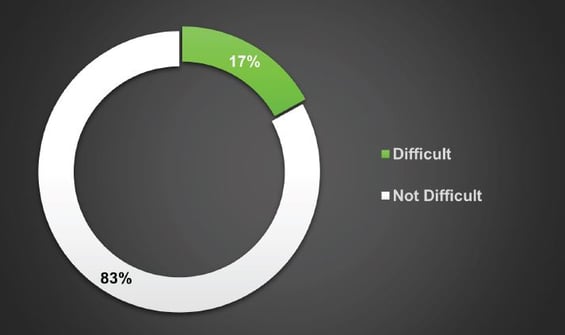
2. The type of problems they faced during the first wave of COVID-19
One of the main issues of interest in this study is assessing the problems retailers had to face related to COVID-19.
The results (Figure 3) show the entire population of our survey, both electronic label users and non-users, had the same concerns during the lockdown period. In fact, for over 92%, out-of-stock shelves and lack of staff were the main problems in their operations.
Figure 3 - Did you experience at least one of the following problems? (Check all those that apply.)
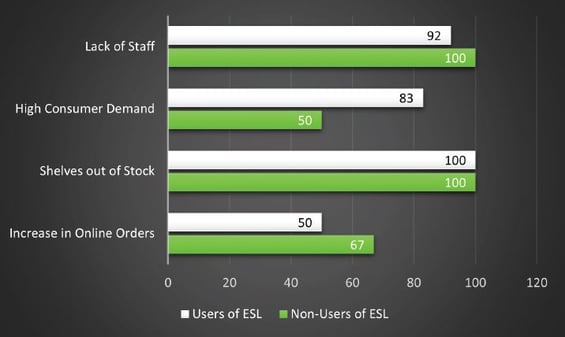
3. The usefulness of electronic labels in the face of these problems
One of the important indicators in this survey is the essentiality of electronic labels in the face of the problems noted above.
Almost unanimously (92%), retailers with automated pricing systems thought electronic labels were essential or very essential in dealing with these problems (Figure 4). ⅔ of those who do not have electronic labels also thought that electronic labels could have been beneficial to them (Figure 5).
What these responses underline is that electronic labels would, for all retailers, be critical in dealing with the following problems during the first wave of COVID-19: out-of-stock shelves, lack of staff, increased consumer demand and increased online ordering.
Figure 4 - How essential were electronic shelf labels to your operations in dealing with these problems?
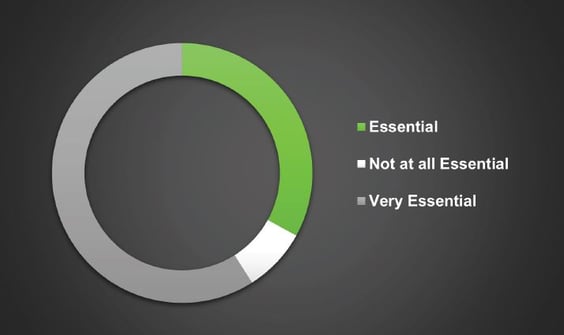
Figure 5 - How Essential do you think electronic shelf labels would have been to your operations in dealing with these problems?
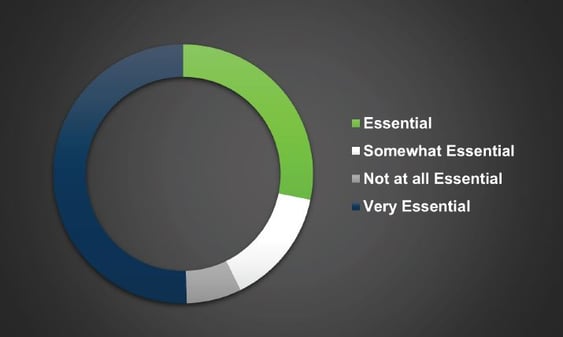
4. The feeling towards a second pandemic wave
Finally, we wanted to know how retailers would feel about facing a second wave of COVID-19 if they already had Pricer electronic labels in place.
75% of respondents with labels felt better prepared (Figure 7), as did the 67% of label non-users who felt they would feel more comfortable dealing with the problems of a second wave of COVID-19, if they already had Pricer electronic labels in place in their store (Figure 8).
Thus, we can note that the automated Pricer solutions make the majority of the retailers in this survey more confident in dealing with a second wave of the current pandemic.
Figure 7 - Do you feel more prepared to deal with the problems of a second wave of COVID-19 because you already have electronic shelf labels in place?
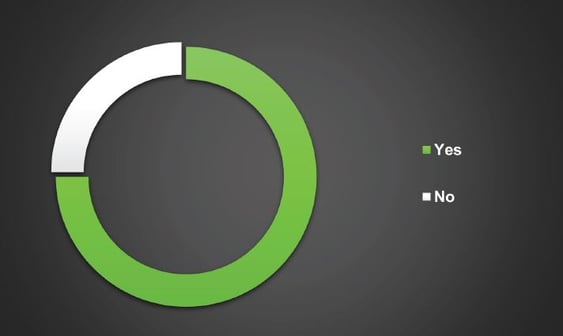
Figure 8 - Would you feel more prepared to deal with the problems of a second wave of COVID-19, if you already had Pricer electronic shelf labels in place?
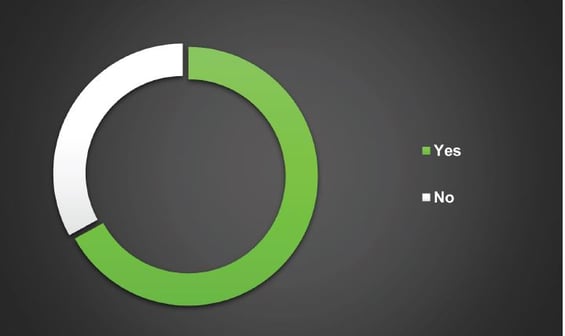
III. Conclusion
The analysis between retailer experiences with or without electronic labels leads to a clear finding: electronic labels were often favored by respondents in the results. So, to answer the question “Is your store ready for the second pandemic wave?” what conclusion can be made between the use of electronic labels and the proper preparation of stores for COVID-19?
The conclusion is simple—retailers can succeed by focusing on the benefits that electronic labels provide in the face of pandemic-related operational problems: out-of-stock shelves, staff shortages, high consumer demand and increased online ordering.
1. Electronic labels and shelves out of stock
It should be noted that empty shelves were the main problem for retailers in our 100% survey (Figure 3)
As noted in a previous study conducted by JRTech Solutions, the Instant Flash feature equipped in Pricer electronic shelf labels can help retailers cut the time it takes to restock shelves in half.
The process is made possible thanks to the Instant Flash and “Put-to-light” application. An employee scans the barcode of the item to be put back on the shelf with a PDA (Portable Data Assistant) this instantly activates the flash of the electronic label in less than a second to indicate exactly where the product needs to go on the shelf.
As a result, the shelves are filled up in less than half the time it typically takes to normally restock the empty shelves thereby potentially reducing the problems of keeping shelves stocked during a second wave of COVID-19.
2. Electronic labels and shortage of staff
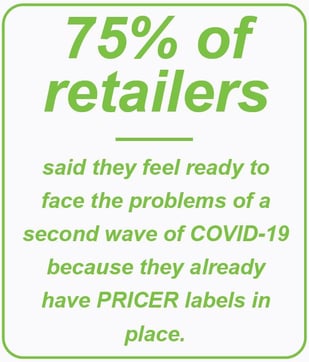 More than 92% of retailers faced a shortage of staff during the lockdown as consumption increased (Figure 3).
More than 92% of retailers faced a shortage of staff during the lockdown as consumption increased (Figure 3).
With electronic shelf labels, staff recruitment becomes easier and more affordable. By automating price changes and by associating tasks with the Instant Flash feature of Pricer electronic shelf labels, retailers can hire employees with little or no experience in retail.
Electronic shelf labels make job training faster as employees do not require any knowledge of the tasks which are now automated or made simpler by electronic shelf labels.
Furthermore, retailers can potentially get more done in less time with the same or fewer employees, alleviating the effects of staff shortages during a second wave of COVID-19.
3. Electronic labels in the face of rising online orders
Nearly ⅔ of the respondents had problems managing the increase in online orders (Figure 3).
Did you know that with electronic labels, up to 5 to 10 seconds per collected item can be gained to fill an order?
Pricer’s Instant Flash and Geopositioning capabilities ensure interconnection between e-commerce and the physical space.
For each product to be collected for an order, its electronic label starts flashing. The order picker needs only to follow the path generated by the Geopositioning-generated path and pick the product indicated by the flashing label.
When the item is picked and scanned, the Instant Flash light stops flashing. The label of the next product on the list starts flashing automatically, and so on for each product in the order, until the order is fully completed.
The flashing light, therefore, makes it easier for staff to identify products on the shelves and its instant functionality saves time in picking the right product.
As a result, retailers can save up to 10 seconds for each item collected, allowing them to make significant savings and complete more orders per day with fewer staff.
